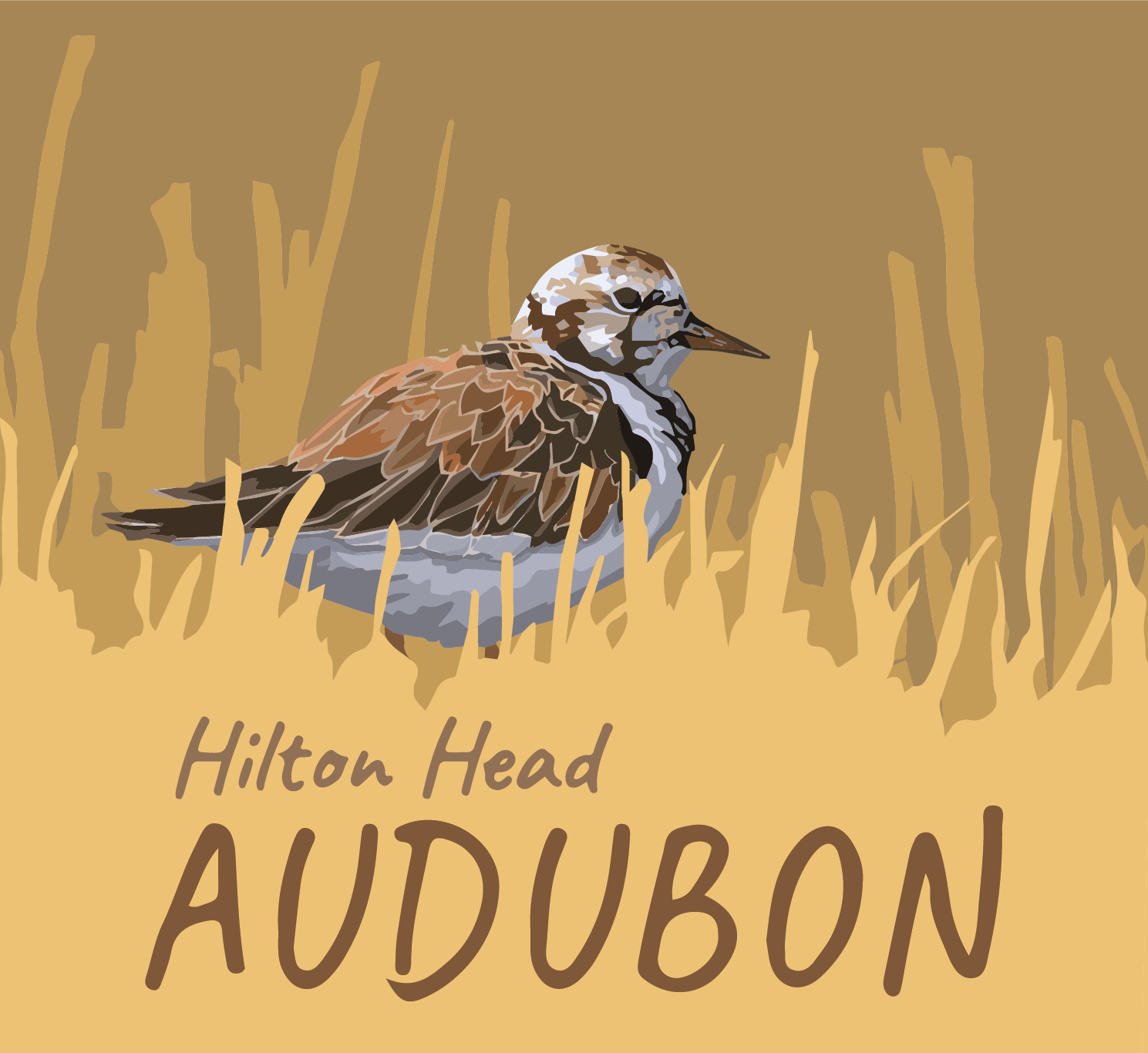
By Rosemary Staples
Did you know that ticks – those repugnant, disease-carrying, bloodsucking mites – actually serve a purpose in our ecological web? Guinea fowl, frogs, lizards and possums eat them. Barnyard birds consume ticks that might otherwise bite cattle, and rattlesnakes dine on tick-eating rodents. As carriers of diseases, ticks help check animal populations by culling out weaker individuals.
So much for the positive purpose of ticks. There are almost 900 species around the world, even in Antarctica, and the oldest fossil is around 100 million years old. Ticks hang out in leaves, grass, and trees and feed primarily on the blood of mammals. They are attracted to places where heat, humidity, and habitat attracts an abundance of hosts, and they are attracted to the Lowcountry.
The most common tick in South Carolina is the lone star tick which can transmit alpha-gal allergy, named because some patients developed a meat allergy after being bitten. The female lone star sports a white spot but the male is plain black. The brown dog and American dog ticks carry Rocky Mountain Spotted Fever. Lime Disease may be carried by the black legged tick, or deer tick though the disease is rare in South Carolina. According to the CDC, only 40 cases have been reported in Beaufort County since 2000.
Not all ticks are infected; some estimates suggest only 30 percent of ticks carry disease-causing bacteria. Generally, ticks must also be attached for an extended feeding time before they can pass the disease along. Tick populations appear to be on the rise, possibly due to rising temperatures.
Contrary to lore, a tick does not fly or leap onto their victims. It employs a unique approach known as “questing,” In this position, the tick locks its rear legs to a leaf or twig, and reaches out with its front legs to climb aboard. Most bites are painless so ticks can ride a host for days until detected or it falls off, whichever comes first.
If you are bitten by a tick, remove it at once with thin tweezers. Pull straight out, without twisting and clean with soap and alcohol. Never puncture or remove by hand as infection could spread. Monitor the area for several days and note if you have chills, fever, aches, or if a rash appears. You can save the tick in a plastic bag and send it to an online county or state extension office.
How to avoid ticks? Steer clear of brushy areas where ticks lie in “quest.” If you simply must plow through the woods, then layers of light, long-sleeve shirts and pants will aid in sighting a tick should one land. Stuff your pant legs into your socks, which also keeps mosquitoes, ants and chiggers away. Spray often with DEET-containing products or wear clothes treated with permethrin.
And always – check yourself after being outside, regardless of the season. If ticks can survive Antartica, they can certainly survive our Lowcountry winters.

